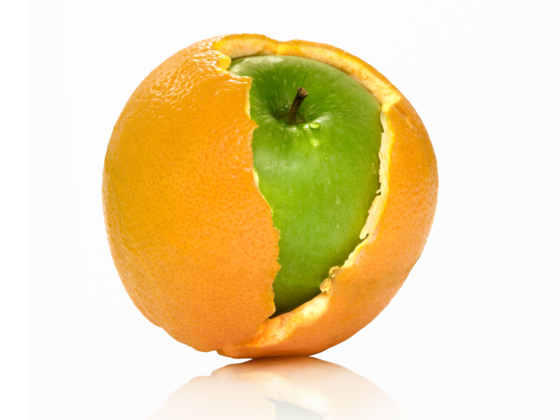
Gain efficiency and improve quality with expert translation memory management services
Professional management of your translation memory—a tool that privately stores and reuses your translations—ensures faster deliveries, reduced costs and improved translation consistency at scale.
A powerful time- and cost-saving tool
Translation memory (TM) is a great time- and cost-saving tool that needs constant care and attention to produce the best results. Our expert team of engineers ensures peace of mind as you expand into new markets, update brand messaging, or would like to leverage your TM to train machine translation engines.
To get the most out of translation memory, you need an experienced partner to be your guide. When optimized, your TM can result in up to 40% cost savings over time while ensuring consistency across your global content.
Improve consistency
Our in-country teams of vetted translators leverage your TM across languages and locales.
Launch faster
Expert, native linguists apply your previous, approved translations for shorter turnaround times.
Save money
The closer the match between pre-translated segments in your translation memory and new content, the less you pay.
What our clients say about us.
View more



Start with the best translators
Your TM’s output is only going to be as good as the input. Make sure you work with experienced, native linguists specifically resourced for your industry and subject matter.
Rely on an experienced team
Our team of experienced engineers constantly monitors and maintains your translation memory. They build, test and maintain parsers to ensure your data is clean and free of “noise” so you can migrate it to other systems, combine it with other translation memories, mine it for mission-critical translation data or leverage it for machine translation.
Leverage translation memory to reduce cost over time and to improve translation quality and consistency in all of your global markets.
Build on your foundation and scale
Together with your Translation Memories, developing other centralized language assets like glossaries and style guides, will ensure a consistent brand experience across global markets.
Translation memory management insights
Succeed across cultures in 125+ languages and 300+ language pairs
View all
Power your strategic growth
Go beyond tactical localization with tailored, strategic solutions that resonate locally and drive growth globally.
Get started



